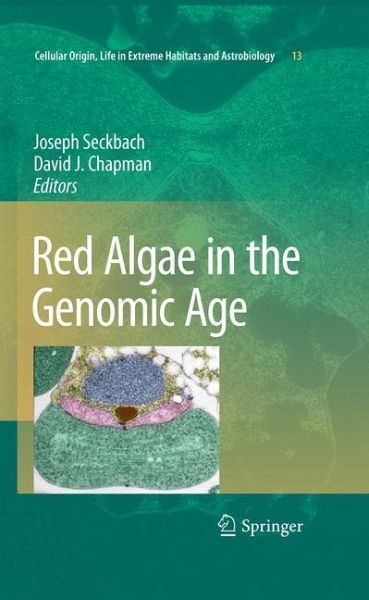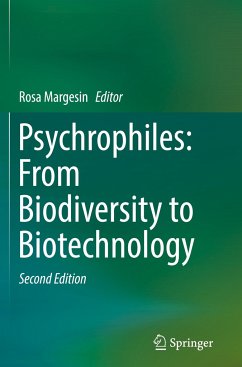
Red Algae in the Genomic Age

PAYBACK Punkte
76 °P sammeln!
Covering modern biology and the speciation of the red algae (Rhodophytia) from unicellular Cyandidia up to macrocellular sea weeds, this book describes a range of topics from cave algae in Chile, to genomes of red algae including carbohydrates, physiological mechanisms and relationship between red algae and neurodegenerative disease, organellar-nuclear genes and taxonomic revision. Emphasis is placed upon the rhodophytan chloroplast, its origin, evolution, division machinery and pigmentation.
r ed Algae in Genome Age book most people reading this book have childhood memories about being enthralled at the beach with those rare and mysterious living forms we knew as seaweeds. We were fascinated at that time by their range of red hues and textures, and most of all, their exotic beauty. t o a scientist, red algae represent much more than apparent features. t heir complex forms have attracted morphologists for centuries; their intricate life cycles have brought more than one surprise to plant biologists familiar only with ferns and fowering plants; their unusual tastes have been appreciated for mill- nia, and their valuable chemical constituents have been exploited for nearly as long, most recently by biotech companies; their diversity in marine, freshwater, and t- restrial environments has offered centuries of engaging entertainment for botanists eager to arrange them in orderly classifcation systems; still, the red algae continue to teach us how many more challenges needto be overcome in order to understand their biodiversity, biological functions, and evolutionary histories.














